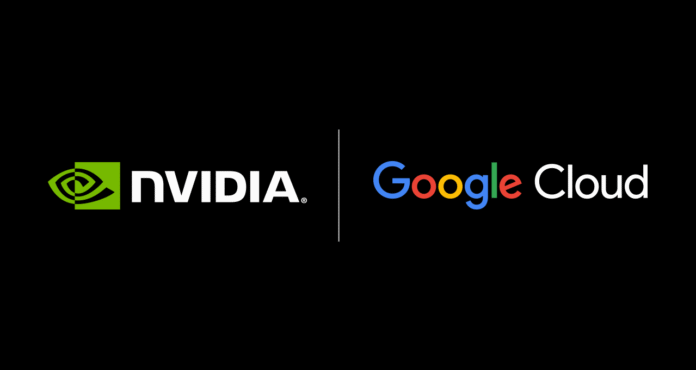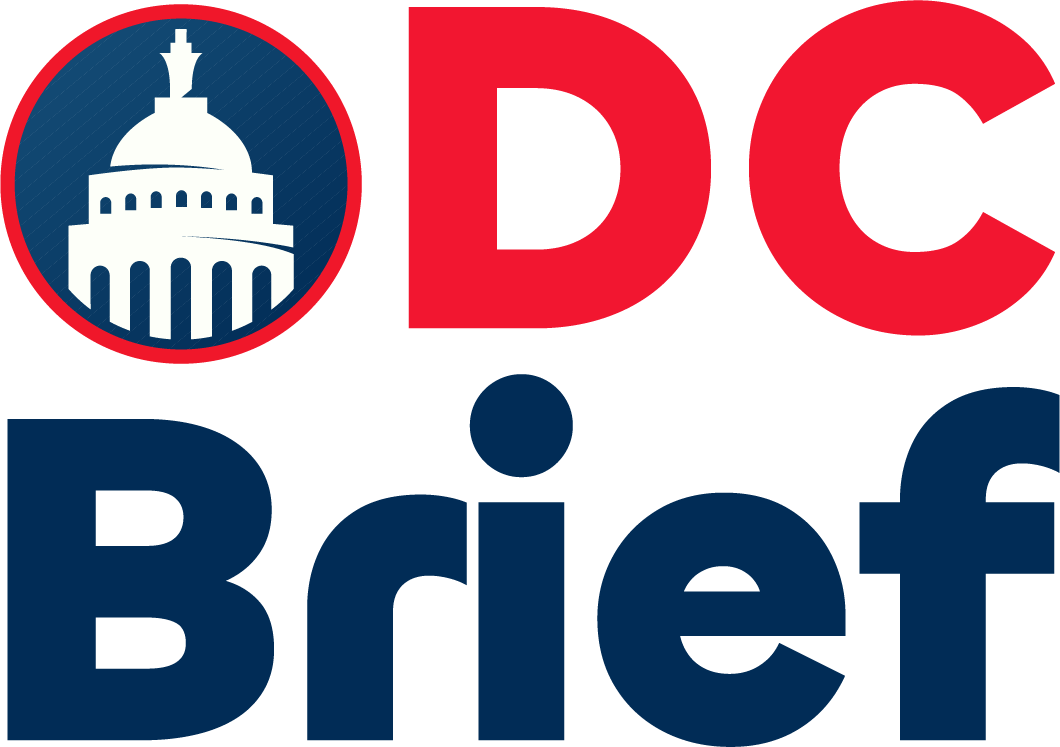NVIDIA and Google continue to deepen their partnership, driving AI advancements and empowering developers worldwide. This collaboration extends well beyond infrastructure. Both companies work closely to optimize the entire computing stack for AI applications.
Recently, their joint efforts have produced notable contributions to community software projects. These include JAX, OpenXLA, MaxText, and llm-d. Such foundational improvements support Google’s Gemini models and the open Gemma family.
Additionally, NVIDIA’s AI software—like NeMo, TensorRT-LLM, Dynamo, and NIM microservices—integrates tightly with Google Cloud services.
These include Vertex AI, Google Kubernetes Engine (GKE), and Cloud Run, helping boost AI deployment performance and simplicity.
Google Cloud now offers NVIDIA Blackwell technology in production. It was the first cloud provider to introduce NVIDIA HGX B200 and GB200 NVL72 through its A4 and A4X virtual machines (VMs).
These VMs, powered by Google’s AI Hypercomputer architecture, are available through managed services such as Vertex AI and GKE. This setup allows companies to develop and deploy agentic AI applications efficiently at scale.
The A4X VMs deliver over one exaflop of computing power per rack. They also support smooth scaling to tens of thousands of GPUs.
This is possible thanks to Google’s Jupiter network fabric and NVIDIA ConnectX-7 NICs. Moreover, Google’s advanced liquid cooling infrastructure ensures sustained performance for demanding AI workloads.
Furthermore, Google Distributed Cloud now supports on-premises deployment of Gemini models with NVIDIA Blackwell. This is a game-changer for sectors like public service, healthcare, and finance. These industries often face strict security, compliance, and data residency rules.
Now, they can securely deploy Gemini models on their own infrastructure. NVIDIA Blackwell’s exceptional performance and confidential computing features keep data private and protected. This expands Gemini’s reach to organizations that require the highest standards of privacy.
To enhance AI inference performance, NVIDIA and Google optimized workloads specifically for Gemini models on NVIDIA GPUs. These improvements help Google serve many user queries on Vertex AI and Google Distributed Cloud.
Additionally, the lightweight Gemma models benefit from NVIDIA’s TensorRT-LLM optimizations. They will soon be available as easy-to-deploy NIM microservices. These optimizations maximize speed and accessibility, enabling developers to run AI on a wide range of hardware—from data centers to local NVIDIA RTX PCs.
The partnership also focuses on building a strong developer ecosystem.
Both companies improve open-source frameworks like JAX for scalability and performance on Blackwell GPUs. They recently launched a joint developer community to encourage knowledge sharing and innovation. This collaboration accelerates the creation, scaling, and deployment of advanced AI applications.
In summary, NVIDIA and Google’s partnership is accelerating AI innovation through integrated technologies and community support.
For more tech updates, Visit DC Brief.


